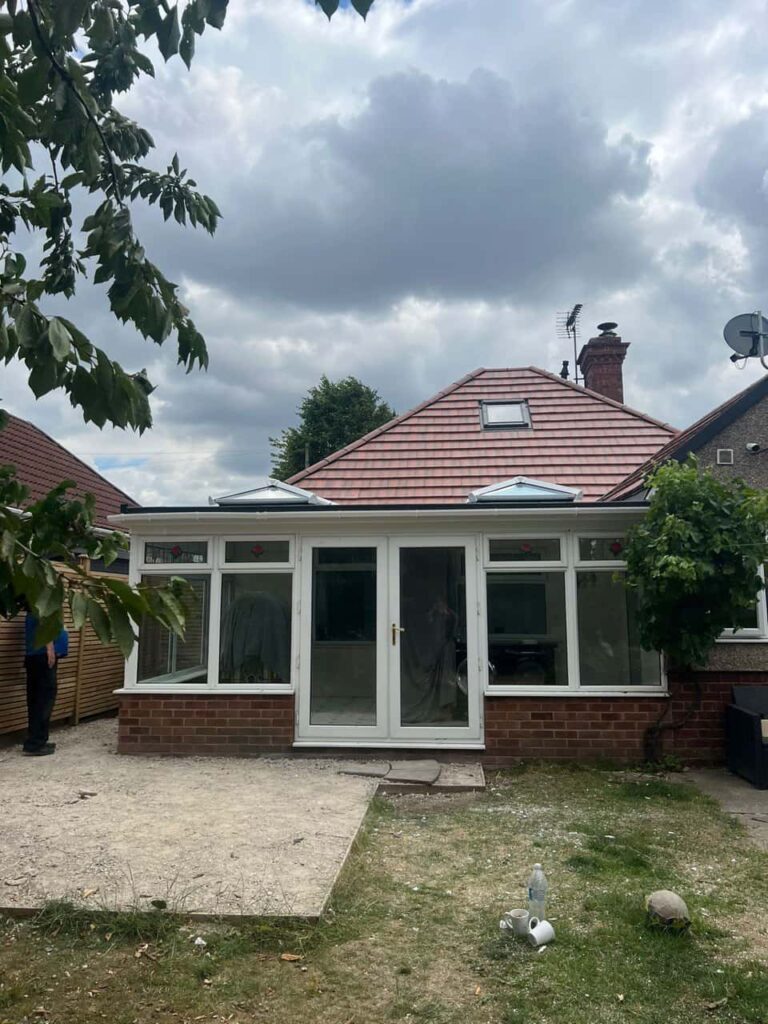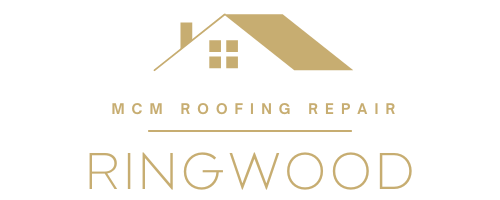Hipped roofs are a popular choice for homes in the UK, offering a sleek, symmetrical appearance and excellent wind resistance. However, like any roofing system, hipped roof tiles can still sustain damage over time if not properly maintained. At MCM Roofing Repairs Ringwood, we help homeowners across Ringwood, Hampshire identify and resolve the common issues that compromise their roof tiles. Understanding the causes of damage is the first step to preventing costly repairs.
1. Severe Weather Conditions
Even though hipped roofs perform well in windy conditions, prolonged exposure to the elements can still take its toll. Strong winds can dislodge ridge or hip tiles, heavy rain can cause minor leaks to develop, and repeated freeze-thaw cycles in winter can lead to cracks in clay or concrete tiles.
Prevention Tip: Schedule regular inspections after storms or seasonal changes to spot loose or damaged tiles before leaks develop.
2. Age and Wear of Roofing Materials
Roof tiles are designed to last decades, but no material is immune to the effects of ageing. Over time, tiles may become brittle, lose their protective coating, or develop small cracks. Ridge and hip tiles are particularly vulnerable as they form the junctions of the roof, which bear greater exposure to wind and rain.
Prevention Tip: Consider periodic maintenance, including re-bedding or re-pointing ridge and hip tiles, to extend the life of your roof.
3. Improper Installation
Poor workmanship during the initial installation can result in roof tile problems later on. Incorrectly fixed tiles, insufficient overlap, or inadequate mortar on hip ridges can all increase the likelihood of dislodgement or leaks.
Prevention Tip: Always hire experienced, qualified roofers for both installations and repairs. At MCM Roofing Repairs Ringwood, we ensure all work meets current British Standards.
4. Moss, Algae, and Debris Build-Up
Over time, moss, algae, and debris can accumulate on roof tiles, particularly in shaded or damp areas. Moss retains moisture, which can lead to tile degradation and increase the risk of freeze-thaw damage. Additionally, organic build-up can block water flow, forcing moisture under the tiles.
Prevention Tip: Regular roof cleaning and moss control treatments will help keep your roof free from damaging growths and maintain proper drainage.
5. Structural Movement or Settlement
Even small shifts in a building’s structure can affect a hipped roof. Subsidence, timber movement, or thermal expansion can create pressure on tiles, sometimes causing cracks or dislodgement along hips and ridges.
Prevention Tip: Address any underlying structural concerns promptly and have your roof inspected if you notice sagging or uneven tiles.
Why Professional Roof Maintenance Matters
Ignoring minor tile damage can quickly lead to bigger problems, including leaks, water damage, and costly structural repairs. Regular inspections and professional maintenance ensure that your hipped roof continues to protect your home efficiently.
At MCM Roofing Repairs Ringwood, we provide comprehensive roof inspections, repairs, and maintenance services throughout Ringwood, Hampshire. Our team specialises in hipped roofs, ensuring that any damaged tiles are repaired or replaced to the highest standard.
Conclusion
Hipped roof tiles may be resilient, but they are not immune to damage from weather, ageing, poor installation, moss growth, or structural movement. Early intervention and professional care are key to preserving your roof and preventing costly repairs. If you suspect your hipped roof needs attention, contact MCM Roofing Repairs Ringwood today to arrange an expert inspection and protect your home from future damage.
Call us on: 01425 208 596
Click here to find out more about MCM Roofing Repairs Ringwood
Click here to complete our contact form and see how we can help with your roofing needs.

